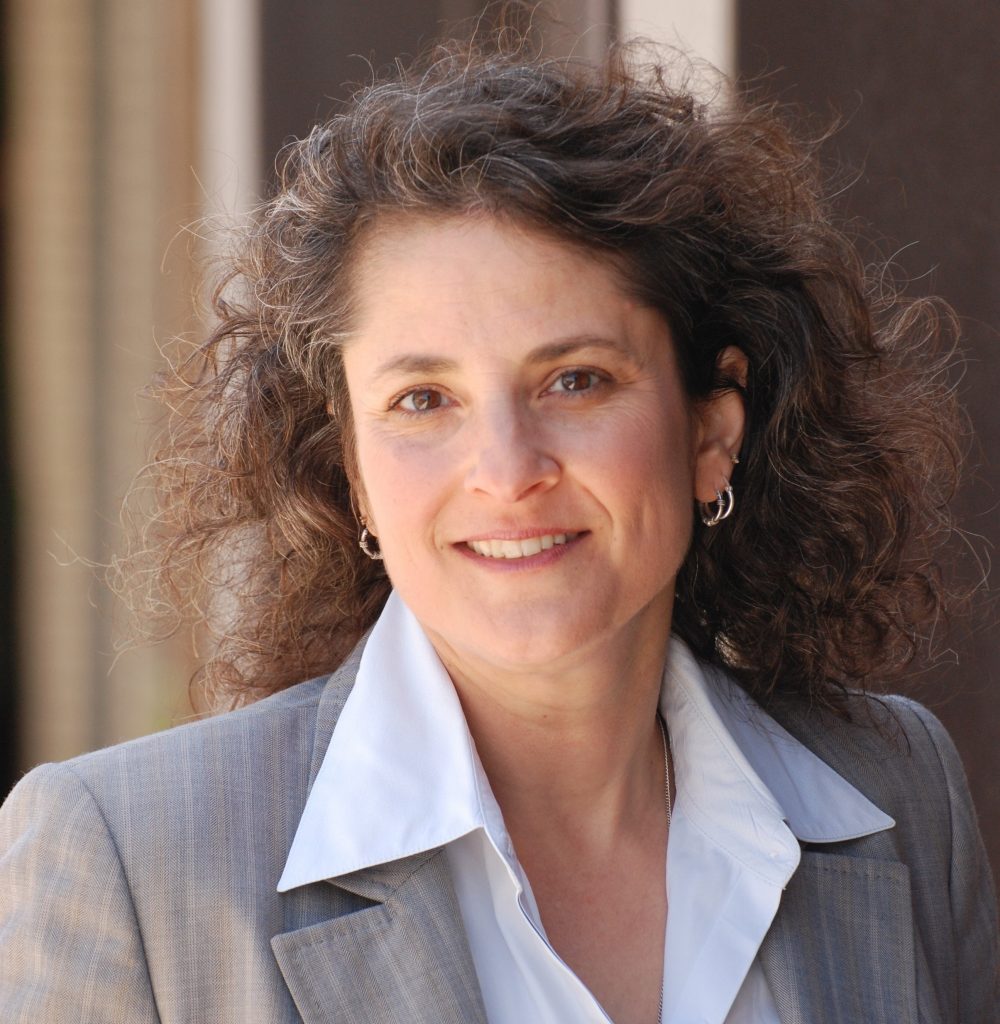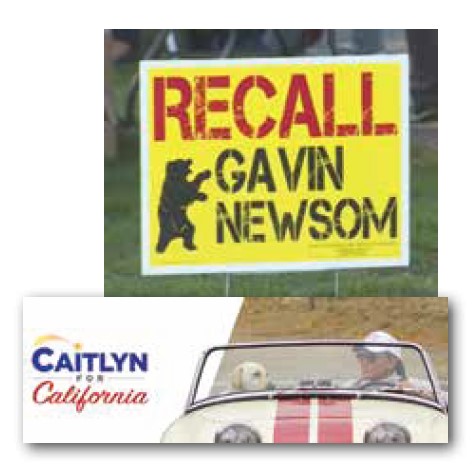
By Louise “Lou” Fischer–
The nail-biter 2020 election was enough drama for most of us; 2021 was supposed to be the proverbial “night off” from an election in California. After a year of COVID-19 sheltering in place, replete with the drudgery of working from home, schooling from home, and relegating all social gatherings to video chat, we’re entitled to a break. However, after 5 tries, the 6th time’s the charm for a motley crew of Republican activists who could not accept that Gavin Newsom handily (by 62%) won the election for Governor in 2018.
Republican campaign consultants and the posse of vendors who get paid real money are leaping in paroxysms of glee over the prospect of this unplanned election while underappreciated, beleaguered Democratic club volunteers are sitting shivah (mourning) because this was supposed to be a year of rest AND evil Republican crybabies are “going after our guy!”
The barrier to entry for a recall in California is ridiculously low—the signatures of a mere 12% of the votes cast in the previous gubernatorial election; in this case, 1,495,709 gets the recall on the ballot. If you want to climb out of your clown car and run in this election, you must be a U.S. citizen registered to vote in California, have never committed a felony involving bribery, and can shell out the bargain-basement price of $4,000. If you’re short on cash, gathering 7,000 signatures waives the filing fee, but don’t bribe anyone because that will disqualify you—shooting someone dead in the middle of 5th Avenue is apparently a lesser evil than bribery when running in a recall election.

While it seemed unlikely to those of us in the “Democratic bubble,” on April 26, the Secretary of State announced that organizers gathered the required amount of signatures necessary to trigger the recall election. I guess the ill-timed fancy dinner in Napa at the height of the pandemic was the tipping point because most of the previously stated reasons, such as mandating all-electric cars by 2035 and allowing power companies to continue rolling blackouts to keep the state from burning to a crisp, were met with a collective yawn.
The actual date of the election is undetermined and is dependent on multiple steps that are more complex than the Apollo 11 mission of landing astronauts on the moon and returning them safely to Earth. From April 26 to June 8, anyone who signed a recall petition can ask to have their name removed—just in case they had a change of heart or signed a petition thinking it was to save the spotted owls or ban hydraulic fracking.
After June 8, if there are still enough valid signatures, then the recall moves forward, the Department of Finance has 30 days to estimate the cost of the recall, and then the budget committee has 30 calendar days to review, after which our gal-pal Lt. Governor Eleni Kounalakis sets the date for the election.
If each step took the maximum time allotted, the election could occur between October 6 and October 26, 2021, but despite all the draconian rules, the election could be pushed out to November. The ballot itself will be in two parts: a vote “yes” or “no” to remove the governor; and a vote for the chosen candidate. If a majority of voters say yes to the first question, the votes of the second question will be counted and whichever crazy clown or hasbeen porn star receives the most votes is our new governor, be it Caitlyn Jenner or some Republican wannabee such as John Cox who lost to Newsom in 2018. Here’s a tip (more of a directive): VOTE NO on the first question.
There is talk in democratic circles of putting a “just in case” candidate on the ballot, but that’s risky, and besides, who wants to be that guy (or gal)? Just ask former Lt. Governor Cruz Bustamante how that worked out when he pulled that maneuver on Gray Davis in 2003—we ended up with Arnold Schwarzenegger. That said, Davis had an approval rating of less than 30% while current estimates put Newsom around 56% as long as he stays away from fancy dinners while telling the rest of us to stay home (or at least doesn’t get caught).
While the Department of Finance won’t have a cost estimate until this summer, the county officials who run the election have estimated the cost to balloon to $400 million due to continuing COVID-related precautions (yeah, we’re not done yet with this pesky pandemic). The average pre-pandemic cost in the March 2, 2020, presidential primary election was $12 per voter, but that figure increased to approximately $18 in the November 2020 election, due to the added requirements of statewide mailed ballots, protective gear for workers, and bigger facilities to accommodate social distancing.
I can think of over a thousand more important things to do with that $400 million, such as hot meals for students, better computing platforms and broadband connections for the kids left behind by the digital divide, housing for the homeless, or interventions to stem the tide of fatal drug overdoses throughout the state, just to name a few.
Moving forward, California needs to make it more difficult to put a recall on the ballot because 12% of all ballots cast in the last election for governor is not a high threshold. This special election is a waste of time and money. If you don’t like the current governor, be like 31 other states and vote him out after 4 years.
By the Numbers
12,464,235 – number of votes cast for Governor in the last election;
1,495,709 – number of valid signatures needed for a recall (12% of votes cast in the previous gubernatorial election);
1,626,042 – the number of signatures deemed valid by the Secretary of State;
35 – the percentage of registered Republican voters in California in 2003;
24 – the percentage of registered Republican voters in California this year;
179 – recall attempts of state elected officials in California since 1913;
10 – recall efforts that collected enough signatures to qualify for the balloy;
6 – number of times the elected official was recalled;
2003 – the last time a state elected office was recalled (Governor Gray Davis);
1921 – the year of the first successful recall of a governor (North Dakota’s Lynn J. Frazier was removed due to an economic downturn in the state’s agricultural sector);
19 – the number of states in the U.S. that allow recall elections.
Louise (Lou) Fischer is a Former Co-Chair of the Board of Directors of the Alice B. Toklas LGBT Democratic Club and has served as an appointed and elected Delegate for the State Democratic Party. She is a proud graduate of the Emerge California Women’s Democratic Leadership program, was a San Francisco Commissioner, and has served in leadership positions in multiple nonprofit and community-based organizations.
Published on May 6, 2021
Recent Comments